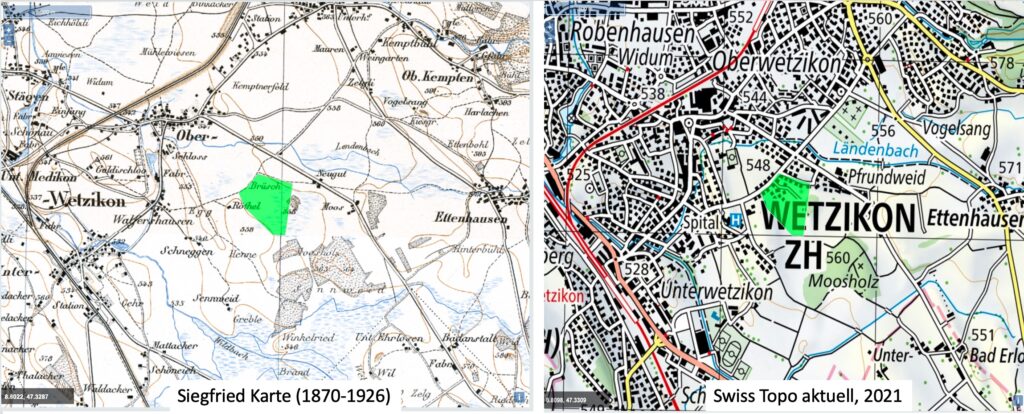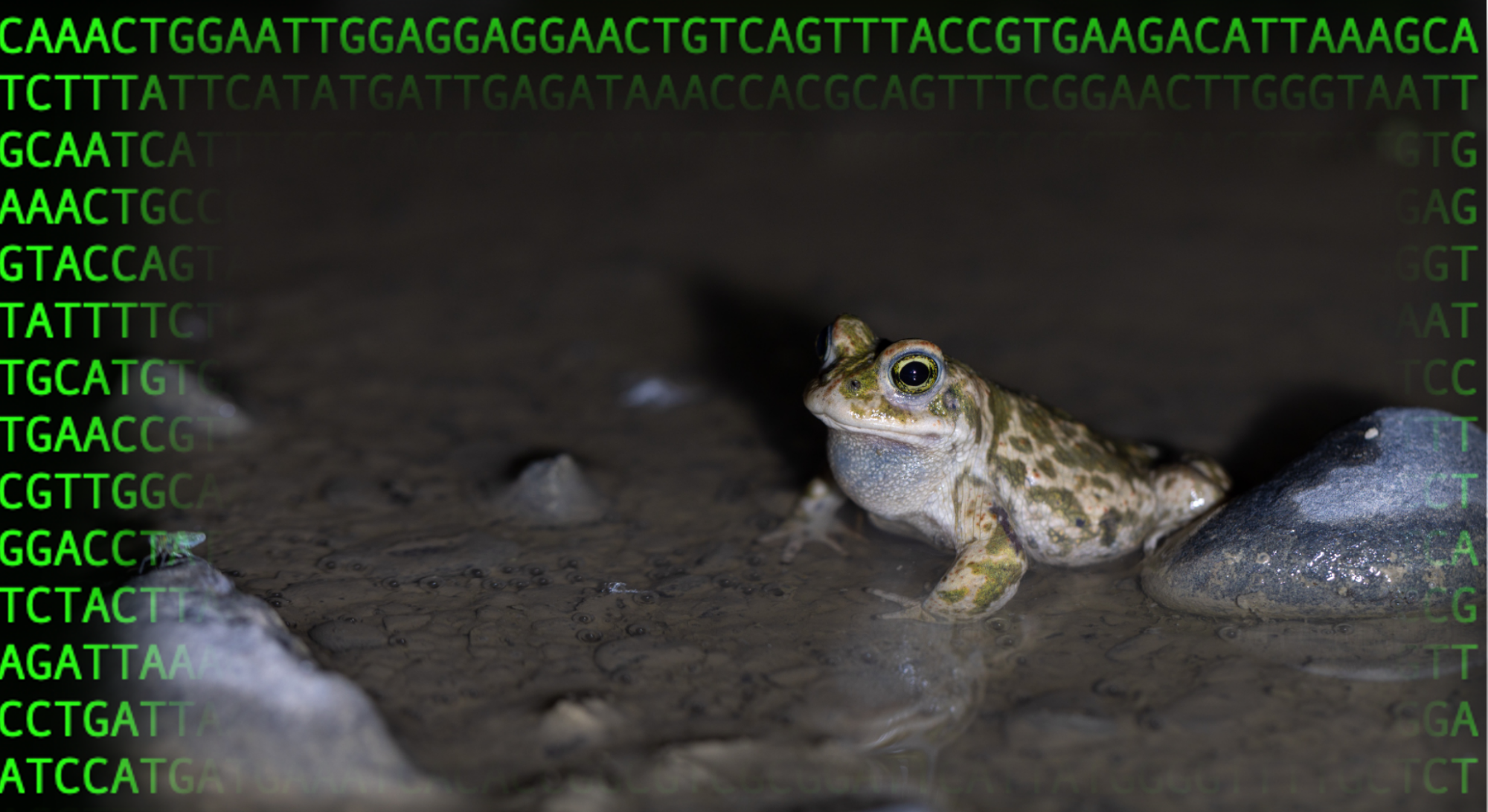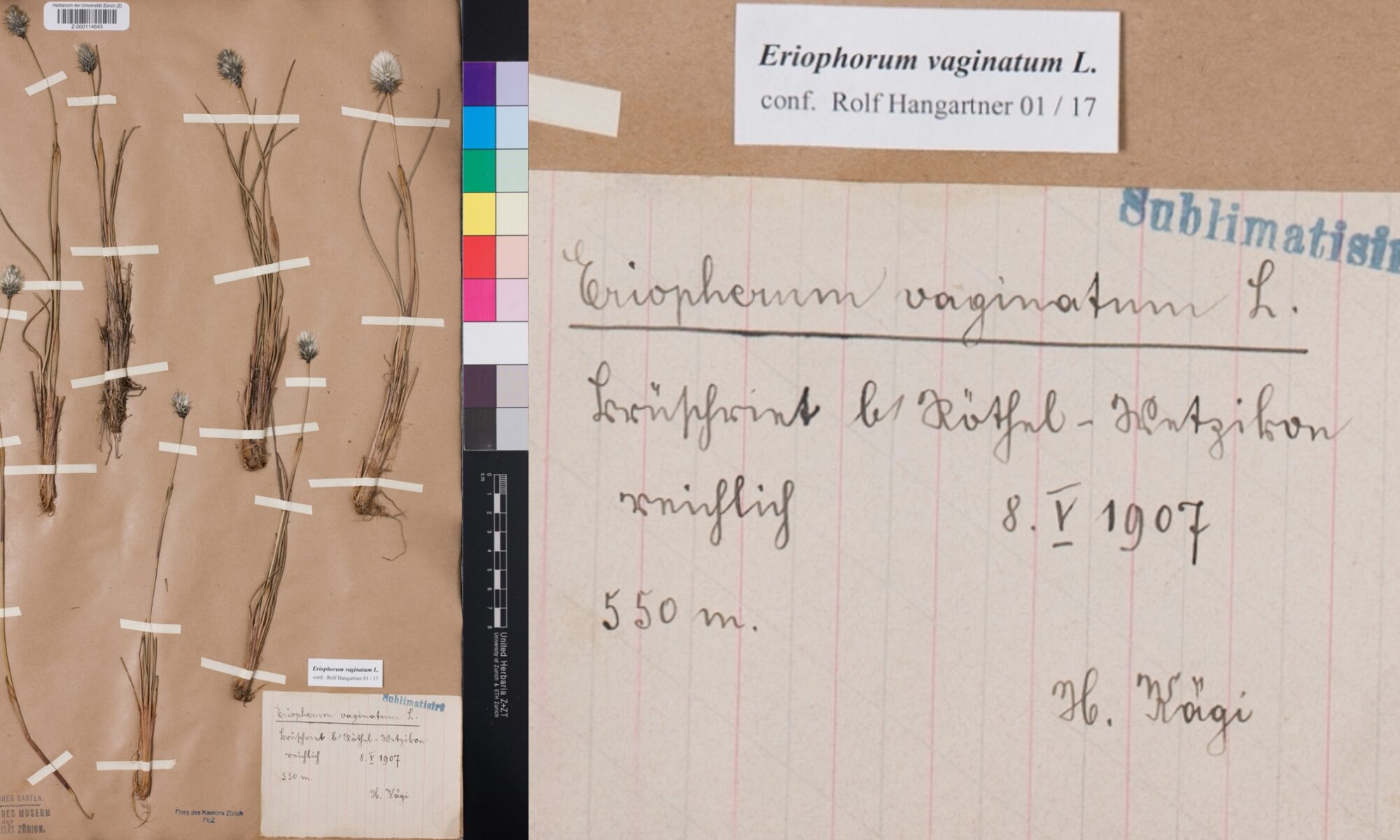Historical genetic diversity will be investigated for the Hare’s-tail cottongrass (Eriophorum vaginatum) and the Valerian Fritillary (Melitaea diamina). For this purpose, we have reached out to numerous museums and herbaria about whether their collections contain specimens of these two species that are at least 50 years old. We found 767 vouchers of the Hare’s-tail cottongrass and about 1’400 vouchers of the Valerian Fritillary that are eligible for our investigation, which requires the removal of a small piece of tissue. Important in the selection of individuals to be sequenced from the collections is now where the two species were collected in the past and at which frequency. In order to obtain the relevant geographical information, these specimens have to be georeferenced using old handwritten labels (see pictures). A polygon is defined where the specimens were originally collected, based on the locations on the labels. The coordinates are archived in a database, which serves as a basis for sample selection. The example of Eriophorum from 1907 shows how much the landscape has changed and the habitats had to give way to settlements.




